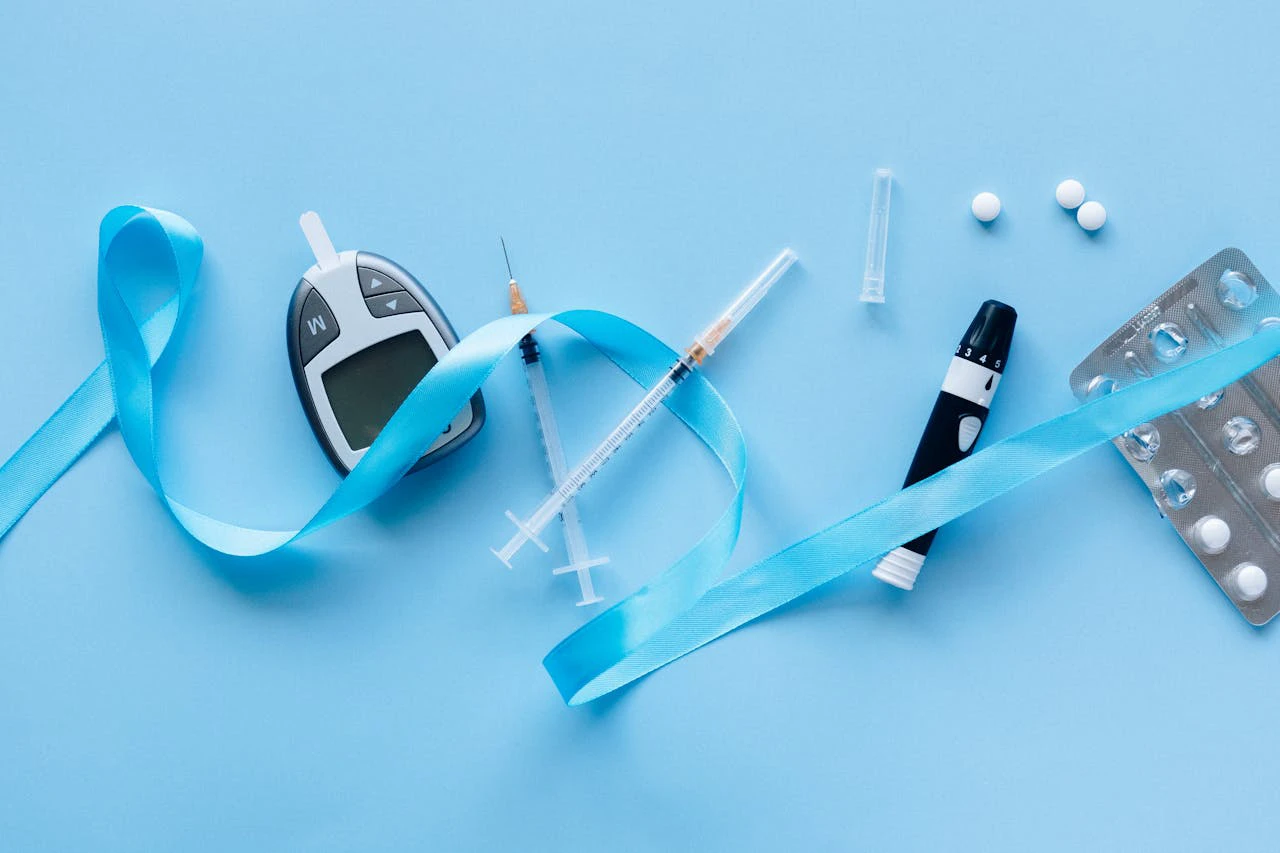When diabetes appears suddenly, it often catches individuals completely off guard. People may not notice anything significant until their blood tests show an unexpected rise in glucose levels.
This sudden onset is not random. It is usually the body’s way of signaling that the pancreas, the organ responsible for producing insulin, is under strain or has already begun to lose its normal function. Diabetes is a condition in which the body’s blood glucose level becomes elevated beyond the healthy range. Doctors diagnose diabetes when fasting blood sugar rises above 126 milligrams per decilitre or when the level checked two hours after breakfast goes above 200 milligrams per decilitre. These values indicate that glucose, which should be entering the body’s cells to produce energy, is instead remaining in the bloodstream.
Understanding Insulin And The Pancreas
Insulin plays a central role in this process. It is produced by the beta cells of the pancreas and helps regulate glucose metabolism. When there is not enough insulin or when the body’s cells are unable to use insulin effectively, glucose builds up in the bloodstream. This is the foundation of diabetes. A sudden rise in glucose suggests that the pancreas is not able to meet the body’s needs or that its normal functioning has been disrupted.
Diabetes Cause 1: Autoimmune Impact On Pancreas
There are several recognized causes of diabetes, and each involves the pancreas in a different way. One major cause is autoimmune destruction of the pancreatic beta cells. In this situation, the body’s immune system mistakenly attacks and destroys these insulin producing cells. As a result, there is little to no insulin production. This condition is known as Type 1 diabetes. Because the destruction of beta cells progresses rapidly, the onset often appears sudden, with glucose levels rising quickly once the remaining insulin supply becomes insufficient.
Diabetes Cause 2: Insulin Resistance
Another common cause is insulin resistance. In this condition, the body’s cells do not respond to insulin in the way they should. To compensate, the pancreas initially increases insulin production. It continues this extra effort for as long as it can, but over time it can no longer keep up with the increased demand. When the pancreas becomes unable to meet these higher requirements, blood sugar levels begin to rise. This form is known as Type 2 diabetes. Although insulin resistance may develop gradually, the actual detection of diabetes may seem sudden when blood glucose tests finally reveal the rise.
Diabetes Cause 3: Chronic Pancreatitis
A third recognised category, sometimes referred to as Type 3 diabetes, occurs when the pancreas is damaged by conditions that directly affect the organ. Chronic pancreatitis is one example. Repeated inflammation of the pancreas gradually impairs its ability to produce insulin and other important hormones involved in metabolism. Pancreatic cancer is another condition that can damage insulin producing cells or obstruct normal pancreatic function. In these cases, diabetes may appear suddenly because the pancreas has already been losing function for some time before symptoms become noticeable.
Diagnosis And Treatment For Diabetes
When diabetes develops, it indicates that some degree of damage or dysfunction has already occurred in the insulin producing beta cells. Several conditions can negatively affect the pancreas long before diabetes becomes apparent. Autoimmune disorders can attack the organ directly. Obesity and other metabolic disturbances place a continuous burden on the pancreas, as it must produce more insulin to maintain normal glucose levels. Gallstone related disease can block the pancreatic ducts and cause inflammation, which affects the organ’s ability to function. Chronic alcohol consumption is another known cause of pancreatic damage, leading to inflammation and loss of pancreatic tissue over time. Certain genetic disorders, such as cystic fibrosis, can also impair the pancreas. Additionally, when part of the pancreas is removed surgically for medical reasons, the remaining tissue may not be able to produce enough insulin to maintain glucose balance.
Treatment approaches depend on the underlying cause of pancreatic dysfunction. When diabetes results from insulin deficiency due to beta cell destruction, insulin therapy becomes the main form of treatment. Providing insulin from outside the body helps restore glucose control when the pancreas is no longer able to produce enough. In cases where insulin resistance is the primary issue, treatment focuses on oral antidiabetic medications along with lifestyle modification, weight reduction and increased physical activity. These measures help improve the body’s response to insulin so that blood glucose can be controlled more effectively.
When pancreatic damage is caused by conditions such as gallstone induced pancreatitis, surgical removal of the gallstones becomes an essential part of treatment. If alcohol related pancreatitis is the cause of the damage, complete cessation of alcohol is crucial to prevent further injury. In situations where, metabolic disturbances or obesity have contributed to pancreatic strain, measures that help correct these disturbances play an important role in restoring balance.
A sudden diagnosis of diabetes can be alarming, but it also provides important information about the condition of the pancreas. Blood glucose levels do not rise without reason. When they do, it is a strong indication that the pancreas is struggling to maintain its normal function. Understanding the connection between sudden diabetes and pancreatic health helps individuals recognise the importance of timely medical evaluation and appropriate treatment.
(By Dr Pramila Ramnis Baitha, Director Internal Medicine, Fortis Greater Noida)
Disclaimer: The opinions expressed within this article are the personal opinions of the author. NDTV is not responsible for the accuracy, completeness, suitability, or validity of any information on this article. All information is provided on an as-is basis. The information, facts or opinions appearing in the article do not reflect the views of NDTV and NDTV does not assume any responsibility or liability for the same.
